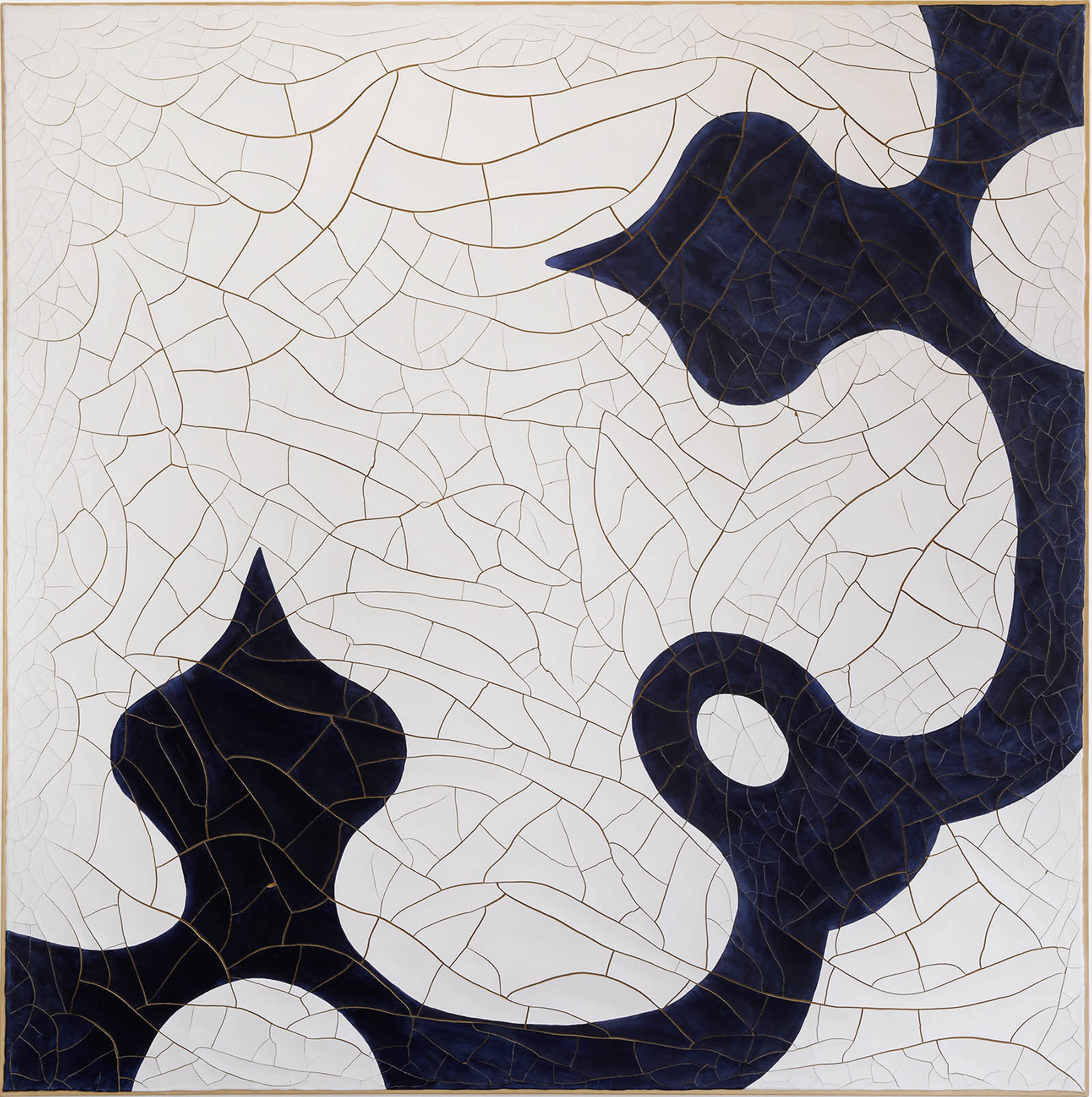ADRIANA VAREJÃO'S ‘MEAT RUINS’ AT GAGOSIAN SPEAKS TO THE VIOLENT HISTORIES OF LATIN AMERICA
On exhibition May 3–June 26, 2021
Photography by Vicente Mello and Exhibition views by Rob McKeever
Courtesy of the artist Adriana Varejão and Gagosian
Adriana Varejão is an artist who lives and works in Rio de Janeiro, Brazil. Talavera is her first exhibition at Gagosian, New York featuring new paintings and sculptures following presentations in Rome in 2016, and Los Angeles in 2017. She creates tiled environments originally inspired by her research in the 1980’s of azulejos—glazed terra-cotta tiles of Arab origin that have been the most widely used form of decoration in Portuguese art since the Middle Ages and that were brought to Brazil through colonization and trade. In the mid 1990’s, Varejão discovered the Talavera poblana tradition in México which, much like azulejos, carry a mestizaje of cultural elements originating from Spain, including indigenous, Hispanic, Italian, and Chinese traditions. Adriana’s research and practice questioned colonialist influences on social behavior before it was a trending argument. She uses her tiled environments to build different histories and versions from the official narrative—a dialogue on how she sees things differently from others. In addition, her work reflects a deep investigation and reverence for Baroque architecture, where the external is completely separate from the internal, whereas modern architecture seeks to build fluid harmony with these elements. This influence is seen in Meat Ruins (2020-21), three towering sculptures with exterior tiles that reflect the colorful cultures she references including her own Brazilian national colors. Spilling out from the interior are visceral meat-like magma that translate to the violent histories of Latin America.
“In their eroticism and theatricalized reinvention of space and place, the Meat Ruins embody the violence that has shaped Latin American history, while evoking the spirit of antropofagia that transfigured the social taboo of cannibalism into a process of cultural absorption in the modern period.
In Varejão’s transformative process, these motifs shift into crisp geometries with a bold and decisive use of color, invoking the dynamic designs of Brazil’s leading modernists, from Oscar Niemeyer to Athos Bulcão, while suggesting affinities with twentieth-century innovators, such as Josef Albers and Ellsworth Kelly. Varejão revels in these unexpected artistic crossroads; by interweaving time, culture, and place, she initiates dialogue between aesthetic systems once segregated by dominant master narratives, and in so doing raises provocative questions about the lives of forms in art.” — Gagosian.

ADRIANA VAREJÃO, RUÍNA BRASILIS (BRASILIS RUIN) FROM MEAT RUINS (2020-21) SCULPTURES. PHOTOGRAPHY BY VINCENT MELLO.

TALAVERA MEET RUIN II, 2021, OIL ON ALUMINUM AND POLYURETHANE. 142 1/2 x 70 7/8 x 70 7/8 in 361.9 x 180 x 180 cm. PHOTOGRAPHY BY ROB MCKEEVER.

EXHIBITION VIEW OF "TALAVERA" BY ADRIANA VAREJÃO. PHOTOGRAPHY BY ROB MCKEEVER, COURTESY OF THE ARTIST AND GAGOSIAN, NEW YORK CITY.

YELLOW SQUARE, 2020. OIL AND PLASTER ON CANVAS. 70 7/8 x 70 7/8 x 1 5/8 in 180 x 180 x 4 cm.


EXHIBITION VIEW OF "TALAVERA" BY ADRIANA VAREJÃO. PHOTOGRAPHY BY ROB MCKEEVER, COURTESY OF THE ARTIST AND GAGOSIAN, NEW YORK CITY.

MOORISH ARABESQUE, 2020, OIL AND PLASTER ON CANVAS. 70 7/8 x 70 7/8 x 1 5/8 in 180 x 180 x 4 cm.

JAGUAR, 2020, OIL AND PLASTER ON CANVAS. 70 7/8 x 70 7/8 x 1 5/8 in 180 x 180 x 4 cm.






